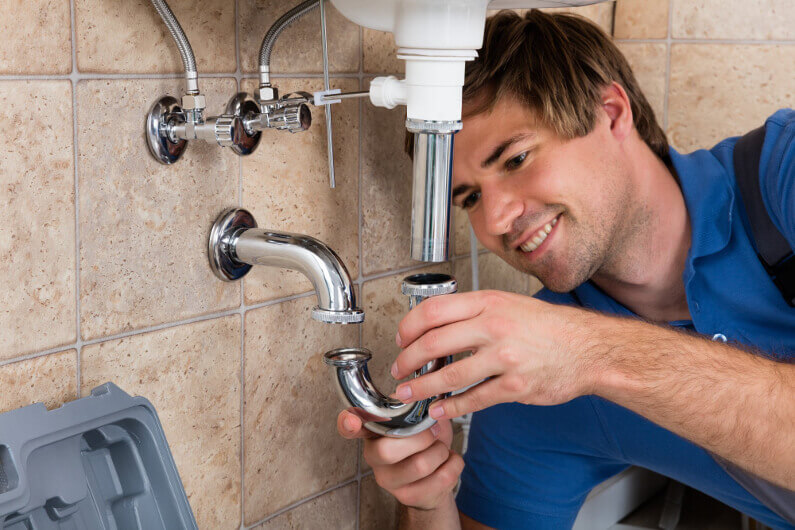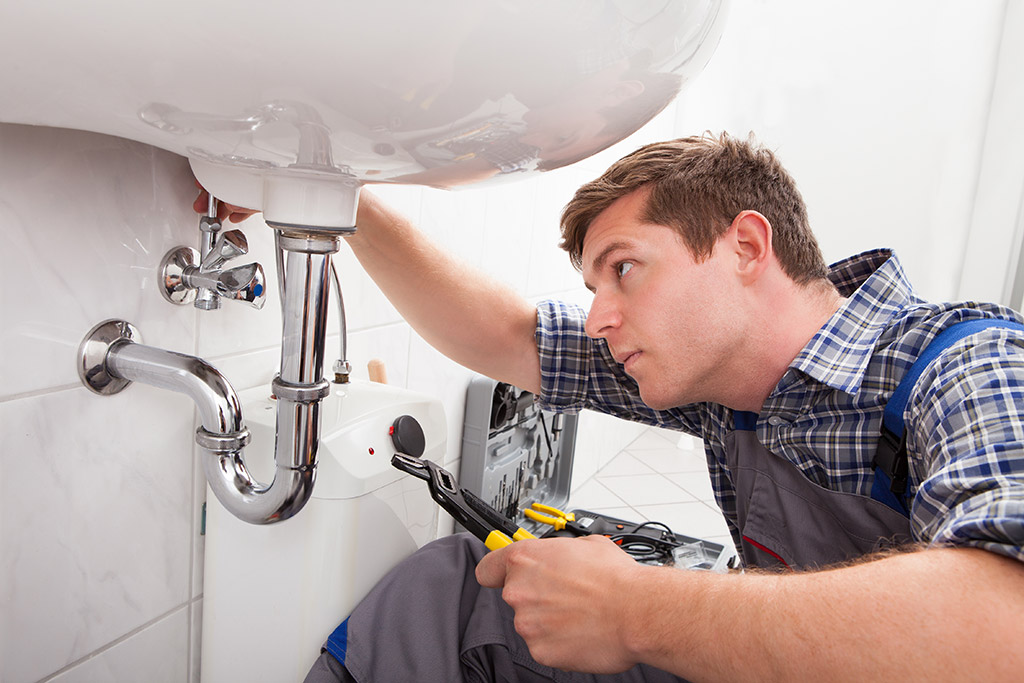Essential Plumbing Alabaster AL Tips for Homeowners
Essential Plumbing Alabaster AL Tips for Homeowners
Blog Article
A Step-by-Step Overview to Efficient Hot Water Heater Installation for Ideal Performance
Starting the task of mounting a water heating unit is an endeavor that demands accuracy and a systematic approach for attaining optimum efficiency. The process starts with the important choice of picking the proper heating unit customized to the certain demands of your family, taking into consideration aspects such as dimension, kind, and energy source. When chosen, preparing the installation location to satisfy security criteria is extremely important. Nonetheless, the journey doesn't end here. As you proceed, the details of attaching water supply lines and establishing up trusted electrical or gas connections wait for, encouraging insights into making certain efficiency and integrity.
Picking the Right Water Heating Unit

Following, think about the size and capability of the water heater. It's crucial to evaluate your home's warm water demands, which can vary based on the number of owners and their use patterns. A system that's also small might lead to inadequate warm water, while a large version may cause unnecessary power consumption.
Effectiveness rankings likewise play a pivotal role in option. Search for hot water heater with high Energy Variable (EF) rankings, showing premium efficiency and minimized energy usage. Tankless versions, though usually more expensive in advance, offer significant power financial savings with time as a result of their on-demand home heating capacities.
Preparing the Installment Area
Before installing a brand-new water heating unit, precise prep work of the setup location is essential. It's important to determine the space thoroughly to accommodate the water heater's dimensions, making sure sufficient clearance around the unit for reliable procedure and servicing.
Following, remove any type of debris, dust, or blockages from the website to create a clean environment. Inspect the flooring for security, as the hot water heater will need a solid, degree surface area to run successfully. If needed, install a drip frying pan below the device to capture prospective leakages or spills, preventing water damage to the surrounding area. In regions susceptible to seismic task, think about mounting seismic bands to safeguard the heating system firmly in position.
In addition, ensure that all required devices and products get on hand prior to beginning the setup. This includes products such as wrenches, screwdrivers, a degree, and any kind of added equipment needed for securing the heating system and placing. A well-prepared installment location sets the structure for a successful water heating system configuration, optimizing efficiency and security.
Connecting Water System Lines
When attaching water system lines to your recently installed hot water heater, it is essential to ensure that all links are leak-free and protected to keep effective procedure and stop water damages. Begin by recognizing the hot and chilly supply of water lines. The chilly water inlet is normally noted with a blue label or a "C", while the warm water outlet is marked with a red tag or an "H".
Use versatile water heating unit adapters to facilitate a much easier installment process. Prior to affixing the adapters, position a plumbing professional's tape around the threaded ends of the water heater's inlet and outlet pipes.
Once connections remain you could look here in location, slowly switch on the major water supply valve. Examine each connection for leaks by aesthetically feeling and checking for moisture. Tighten connections as needed, and guarantee the pressure relief shutoff is appropriately set up, guarding against extreme stress build-up.
Establishing Electrical or Gas Connections
Properly setting up the electrical or gas links for your water heater is an important action to guarantee reliable and secure operation. For click for info electric water heating systems, start by confirming that the electrical circuit is suitable with the heater's voltage and amperage demands.
For gas water heaters, safety and security is paramount. Connect the gas line to the water heating system utilizing an adaptable gas adapter, ensuring it is correctly threaded and secured with pipeline joint substance or Teflon tape ideal for gas links.
When connections are made, examine for any prospective leaks. For gas lines, apply a soapy water service to the joints; bubbles indicate a leakage. For electrical connections, ascertain that all wiring is protected and appropriately insulated, preserving conformity with local electrical codes.
Checking and Readjusting for Efficiency
With the electric and gas links safely in position, the next action is assessing the functional efficiency of your water heating unit. Begin by thoroughly activating the supply of water and making sure there are no leaks at any one of the joints or valves. When validated, proceed to load the tank, taking note of the stress and temperature setups. It is recommended to set the thermostat to a suggested temperature level of around 120 ° F(49 ° C) to stabilize power efficiency and convenience.
Following, carry out a complete examination to guarantee the home heating aspects or gas burners are working appropriately. For electrical heating units, use a multimeter to validate if the aspects are drawing the suitable current. In gas models, observe the heater fire; it must be steady and blue, suggesting reliable combustion.
Change the setups as needed to get rid of ineffectiveness. Think about implementing insulation actions, such as including a water heating system covering, to further boost learn this here now efficiency by reducing warm loss. Furthermore, inspect the anode rod's problem, as a tatty pole can lower efficiency and lead to tank corrosion.
Final Thought
Reliable water heater installment is important for ensuring optimum efficiency and energy financial savings. Firmly linking water supply lines and very carefully setting up electrical or gas links reduce potential problems.

Appropriately establishing up the electric or gas connections for your water heating unit is a vital step to make sure reliable and secure operation. For electrical water heaters, start by validating that the electrical circuit is compatible with the heating system's voltage and amperage demands. Connect the gas line to the water heating system making use of a versatile gas adapter, guaranteeing it is correctly threaded and sealed with pipe joint substance or Teflon tape suitable for gas connections.
Report this page